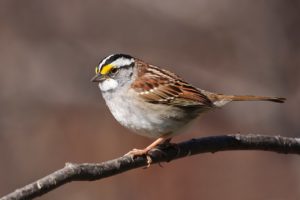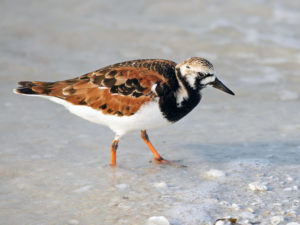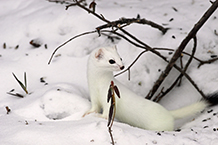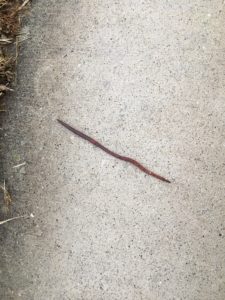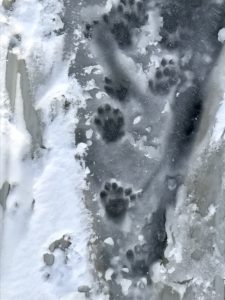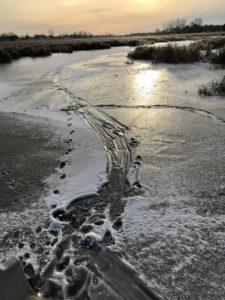Well, the real winter has found us. So much for our smug enjoyment of mild temperatures and little snow. We’ve made it 2/3rds of the way through the season, as its defined biologically. In a few weeks birds will already be moving northward or already nesting in some cases. Monarch butterflies will be stirring in their winter habitat in Mexico, and maple trees will be pumping sap up from their roots. No doubt we will have a challenging week or two until then, but we hardy people of the north can handle that. A few good cold snaps will make us appreciate spring even more.
Wild animals also sense the coming spring. Cardinals and chickadees have started to sing their spring courtship songs. Horned larks are finding our plowed fields as they think about nesting, and foxes and coyotes are becoming even more vocal. The coyote pack living near my house likes to sing along with the train passing by in the middle of the night. All of wildlife is starting to live on the edge of the season now- ready for spring but needing to find shelter in the meantime. For those of us who enjoy planting native vegetation and seeing how wildlife responds, we now can reap the benefits of our labors. Last year’s wildflowers still have seeds that feed the birds- to the point that some people have been alarmed at the scarcity of birds visiting their feeding stations. That will change as conditions worsen, so don’t give up on bird feeding just yet.
In addition to planting to feed wildlife is planting for shelter, although some species provide both. During snowstorms or very harsh weather, native evergreen species are very beneficial. In our indigenous landscape, white cedars provide dense shelter for birds, and winter food for deer. Now that there are so many deer around, it is difficult to propagate white cedar- the animals eat all the young cedars and strip any of the leaves they can reach. Late in winter, white pines are also foraged on by deer, and need to be protected. At Woodland Dunes and on my property, I am trying to focus on evergreens which provide food and shelter for birds but not deer, and there are a couple that work well. Deer tend not to defoliate junipers and spruce trees, so white spruce (including the ‘Black Hills’ variety) work well if the soil isn’t too wet. They grow quickly, provide nice, dense cover, and cones bearing seeds. We have a patch planted near the nature center headquarters which this year produced numerous cones that were visited earlier by pine siskins, and then white-winged crossbills- an interesting and infrequent visitor to our area.
Similarly, junipers including red cedar seem to be less palatable to deer and produce small berries which some birds relish and humans use to flavor gin. Earlier this winter, for just one day, about 50 cedar waxwings visited the old junipers that my grandfather planted near my house and devoured all of the berries. The bushes still provide good cover, however, and daily a lingering song sparrow and a white-throated sparrow shelter in its branches along with juncos and chickadees- darting out to peck at the feed I spread on the ground nearby. Its difficult for predators to find them in the tangled green mass, which, especially when covered with snow, can be several degrees warmer than the outside surroundings and sheltered from the wind. Deer seem to have no interest in the shrubs.
Watching wildlife use what we plant is gratifying and helps me feel connected to nature in a positive way. It helps us make the step from just watching birds to helping care for them as well.
photo- a white-throated sparrow, from Wikipedia

